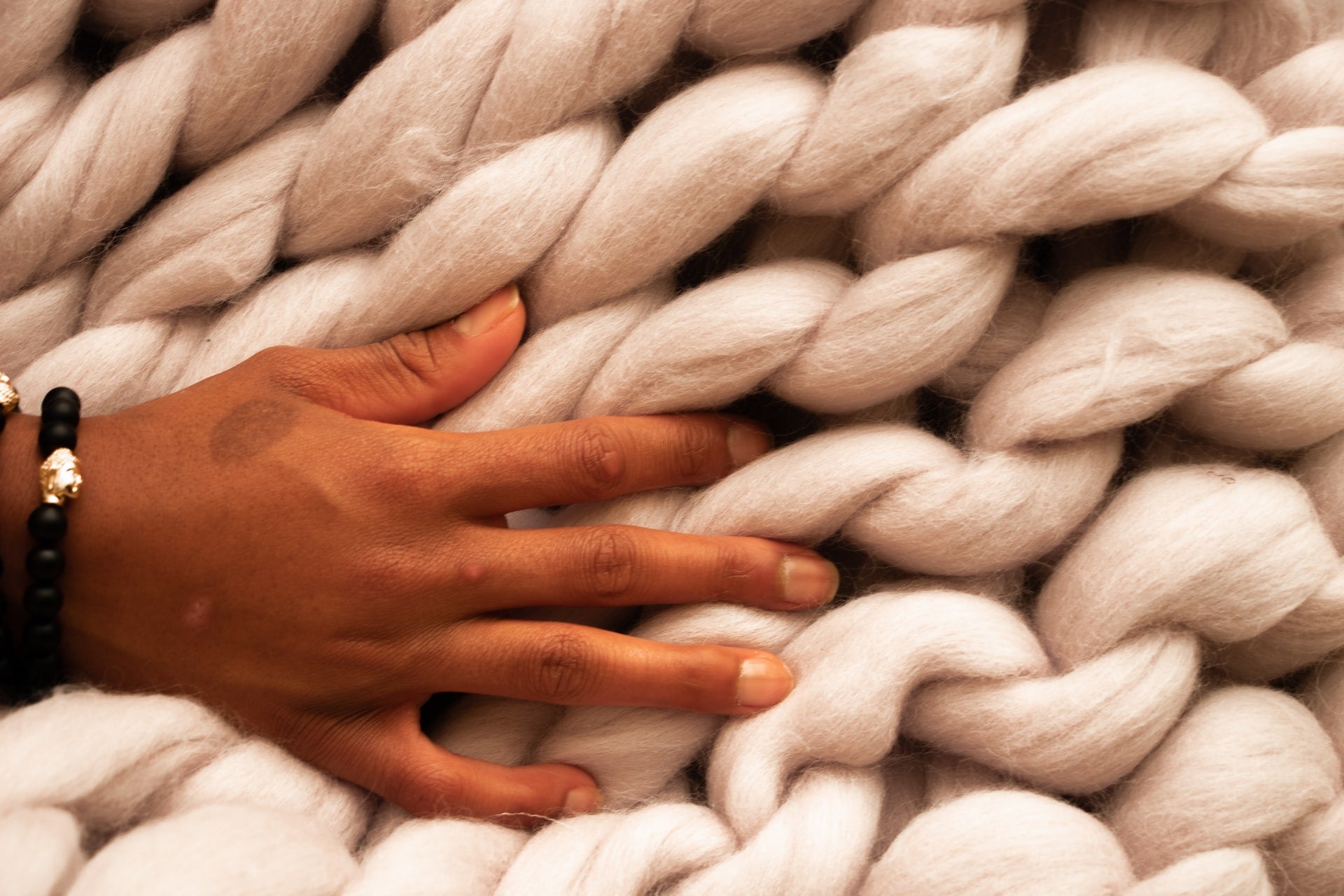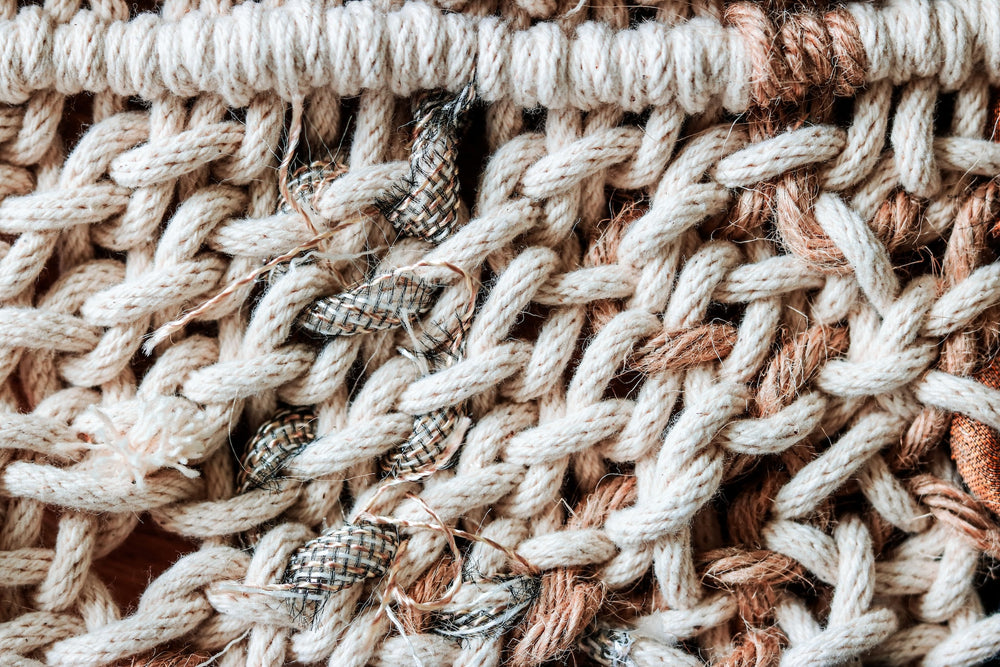Wool: The Wonder Material


That's one of the primary reasons it's the most commonly used natural fiber for making rugs.
Wool is considered a protein fiber — one taken from an animal — which gives it superior absorbency.
It's soft touch and resiliency make it comfortable; it can stretch to around 70% of its natural length and then spring right back into shape. That's true even after years of wear.

We know how wildlife and the natural world are affected by the pollution of plastics and synthetics, but only takes a year for a sheep to grow a full coat — which is great news on the sustainability end.
Wool can continue to be sourced and turned into products without us having to worry about its effect on the environment.
It usually takes about 6 months for wool to degrade, while other synthetic fibers can take take up to 40 years.
With new rug techniques and technological advancements in wool products, your wool rug will see many years of enjoyment.